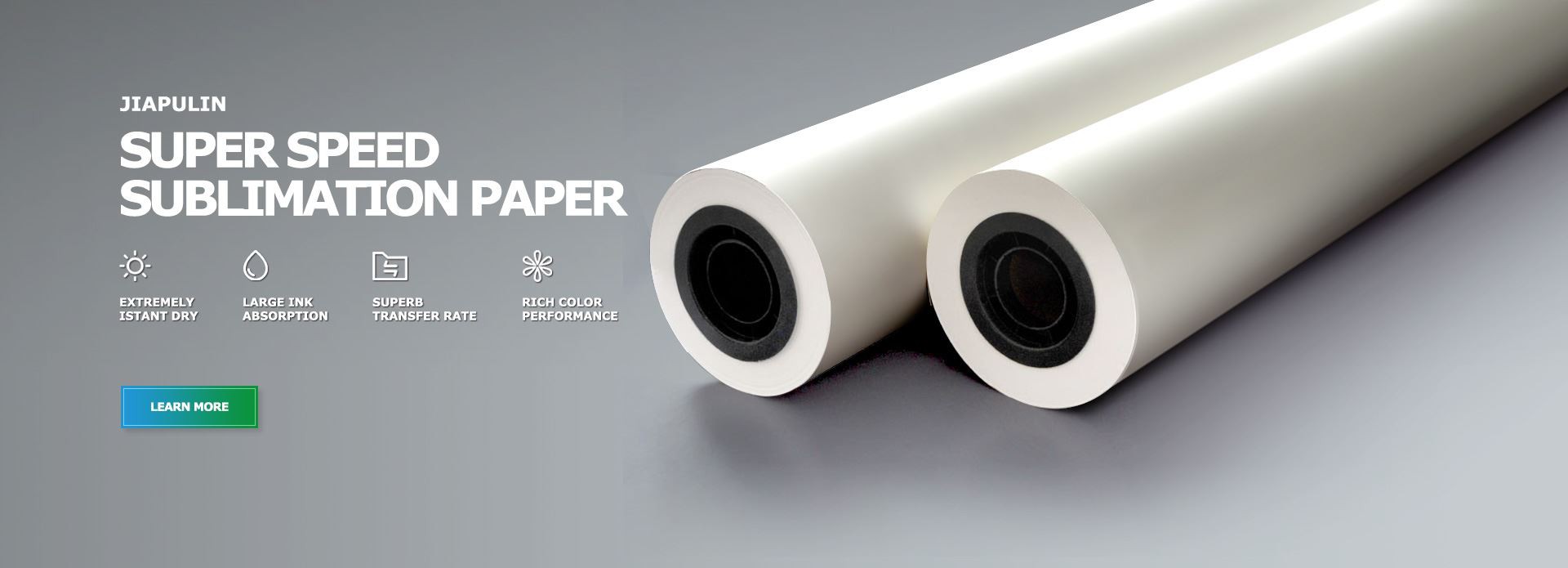Factors for selecting sublimation protection paper
Jul 03, 2024
When choosing sublimation protection paper, there are several important factors to consider.
1. Characteristics of the transfer object
First, consider the material of the transfer object. Different materials have different requirements for protective paper. For example, for textile transfer, the protective paper needs to have good softness and breathability so that the thermal transfer ink can penetrate into the fiber evenly without affecting the feel and quality of the textile. If it is a hard material such as ceramics and glass, the protective paper needs to have higher high temperature resistance and hardness to withstand the high temperature and pressure during the transfer process to prevent deformation or breakage. In addition, the shape and size of the transfer object are also critical. For objects with complex shapes, you should choose protective paper with good flexibility and easy to fit to ensure the integrity of the transfer; for large objects, you may need a larger size of protective paper, and small and delicate objects need thinner and accurate size protective paper to ensure transfer accuracy.
2. Performance parameters of protective paper
High temperature resistance is the top priority. Thermal sublimation transfer is usually carried out at a higher temperature. High-quality protective paper should be able to remain stable at 200℃ or even higher temperatures without deformation, burning or releasing harmful substances. You can determine its high temperature resistance range by checking the product manual or actual testing. The transfer rate should not be ignored. A high transfer rate can better transfer the thermal transfer ink to the transfer object, presenting a brighter and clearer pattern. The thickness and uniformity of the protective paper affect the heat transfer efficiency and operational convenience. Thinner protective paper transfers heat faster but may not be strong enough. Thicker ones are more durable but transfer heat relatively slowly. Poor thickness uniformity will lead to uneven transfer pressure and affect the transfer effect. Surface smoothness determines the quality of the pattern after transfer. A smooth surface can reduce the friction between the ink and the paper, making it easier for the ink to sublimate and penetrate, resulting in a more delicate pattern.
3. Quality and reliability
Brand and reputation are important references. Well-known brands usually have stricter quality control. Choosing protective paper with a good reputation can guarantee quality and performance to a certain extent. You can refer to user reviews and industry forums to understand the experience of using different brands. Quality certification is also critical, such as ISO quality system certification, which can prove that the product has been strictly controlled during the production process. Stability and consistency are essential for batch transfers. Performance fluctuations may lead to inconsistent transfer effects, which can be evaluated through sample testing or reference to the supplier's quality assurance measures.
4. Cost and cost performance
Price is one of the factors to consider when choosing, but it cannot be the only criterion. The performance, quality, and service life of the protective paper should be considered comprehensively. Although some high-quality protective papers are more expensive, they have a long service life and may cost less in the long run. By comparing the performance-price ratio of protective papers of different brands and specifications, choose the product that best suits your needs to maximize the cost performance.
If you are interested in learning more about the selection factors of sublimation protection paper, etc., please visit www.jiapulin-print.com, which brings together industry information, product displays, etc. Our professional team is on call at any time to provide you with tailored consultation and guidance.







